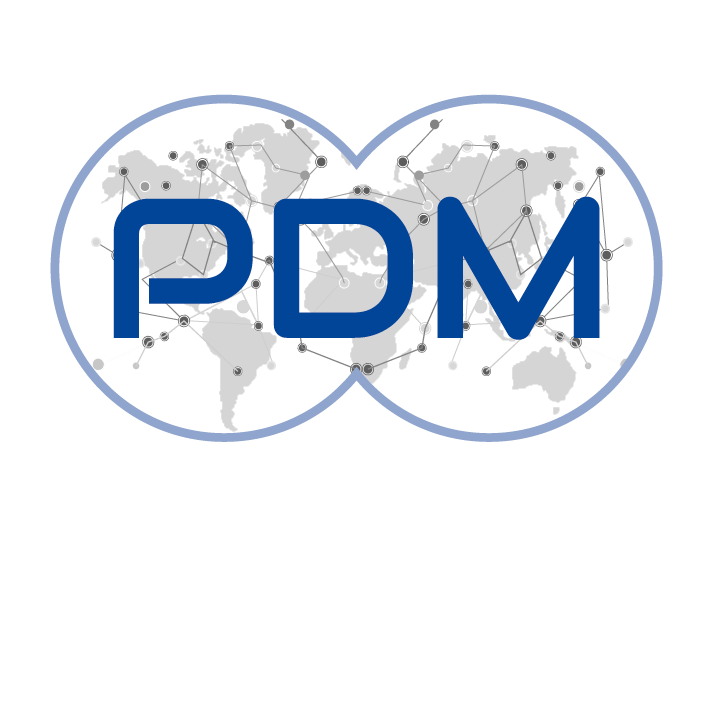Page content
Debt Management Performance Assessment Methodology: 2021 Edition
The Debt Management Performance Assessment (DeMPA) is the World Bank’s diagnostic tool for assessing performance using a comprehensive set of indicators that span the full range of government debt management (DM) functions. Launched in 2007, revised in2015, the indicators have become an internationally recognized standard in the government DM field and can be applied in all developing countries. The DeMPA offers a sound diagnostic framework that allows a country’s DM processes and institutions to be evaluated against sound international practice, identifying core strengths and weaknesses, and thereby helping strengthen capacity and institutions so that countries can manage their government debt effectively and sustainably. It will assist countries that want to undertake debt management reforms, helping to monitor progress with achieving government DM objectives consistent with international sound practice. The DeMPA is modeled on the Public Expenditure and Financial Accountability (PEFA) indicators, however, it uses a more comprehensive set of indicators, spanning the full range of government debt management (DM) functions, to provide a detailed assessment of government DM. The DeMPA methodology consists of two parts: i) a description of the methodology and ii) an evaluation tool that summarizes key questions that should be assessed in the context of a DeMPA evaluation.
Here are some highlights:
- Focused on the legal framework and debt reporting beyond the central government: The goal is to flag the formation of debt-related fiscal risks coming from broader government levels, such as the non-financial public sector;
- Included linkages between DM strategy and operations: Verifying whether borrowing guidelines are translated into debt operations and the issuance of guarantees/on-lending. Each type of operation should follow specific analysis and be vested with the required transparency;
- Redesigned cash flow forecasting and cash balance managements: The resulting output and how forecasts are undertaken matter for improving performance;
- Changed debt recording, monitoring and payments related features: Though still linked to the operational setting, those processes were streamlined and have explicit reference to the supporting IT infrastructure and the availability of contingency plans;
- Changed the scoring method: Though it should be seamless to the final user, the indicators are broken down into smaller pieces to provide more clarity on the criteria. The methodology now includes plenty of guidance and definitions, which are linked to the text and scoring tables



